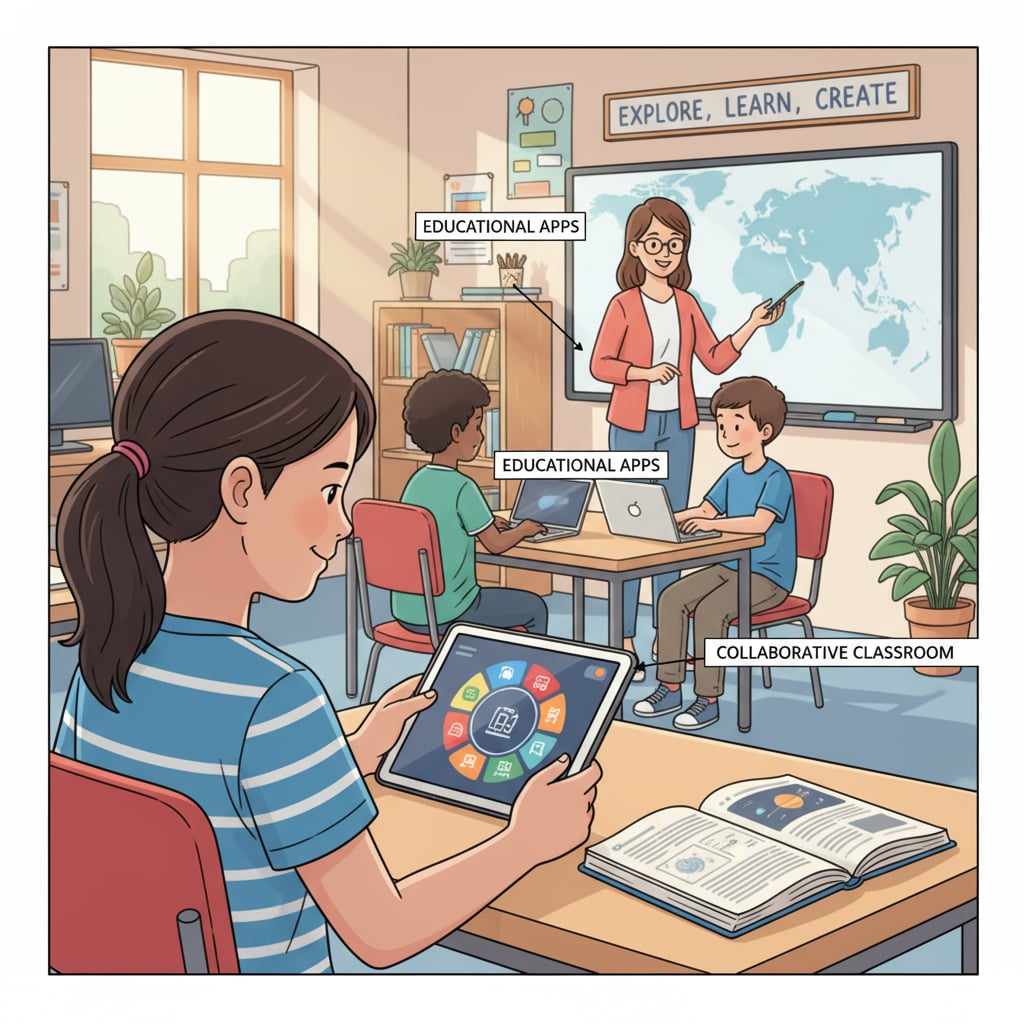In the dynamic landscape of education, the choice between traditional and modern teaching methods and tools is a topic of great significance. As educational technology continues to evolve at a rapid pace, educators are faced with the challenge of deciding which approach to adopt. This article aims to explore the advantages and disadvantages of both traditional and modern teaching paradigms and propose strategies for their effective integration, offering practical insights for K12 educators.
The Allure of Traditional Teaching Methods
Traditional teaching methods have long been the cornerstone of education. These methods, which include lectures, textbooks, and face-to-face interactions, have several notable advantages. For example, lectures provide a structured way to convey information, allowing teachers to present complex concepts in a clear and organized manner. Textbooks, on the other hand, offer a comprehensive and reliable source of knowledge. Britannica defines textbooks as “books used for the study of a particular subject, typically in schools or colleges.” Textbooks on Britannica Face-to-face interactions between teachers and students also foster a sense of community and personal connection in the classroom.

The Rise of Modern Teaching Tools
In recent years, modern teaching tools have revolutionized the educational landscape. Technologies such as online learning platforms, educational apps, and multimedia resources offer new possibilities for engaging students. Online learning platforms, for instance, provide flexibility in terms of when and where students can learn. Wikipedia states that “e-learning is the delivery of education and training through digital resources.” E-learning on Wikipedia Educational apps can make learning more interactive and fun, while multimedia resources like videos and animations can enhance understanding of difficult concepts.

However, modern teaching tools also come with their own set of challenges. For example, not all students may have equal access to technology, which can create a digital divide. Additionally, the abundance of online resources can be overwhelming for students, making it difficult for them to filter relevant information.
Readability guidance: As we can see, both traditional teaching methods and modern teaching tools have their unique strengths and weaknesses. In the next section, we will explore how to strike a balance between the two.
Strategies for Balanced Integration
- Blended Learning: Combine traditional in-class instruction with online learning components. This allows students to benefit from the best of both worlds.
- Selective Use of Tools: Choose modern teaching tools that align with the learning objectives and the needs of the students. Don’t use technology for the sake of it.
- Professional Development: Provide teachers with training on how to effectively use modern teaching tools while still leveraging traditional methods.
In conclusion, the choice between traditional and modern teaching methods and tools is not an either-or decision. Instead, educators should strive to find a harmonious balance between the two. By integrating the strengths of both approaches, we can create a more engaging and effective learning environment for K12 students.


